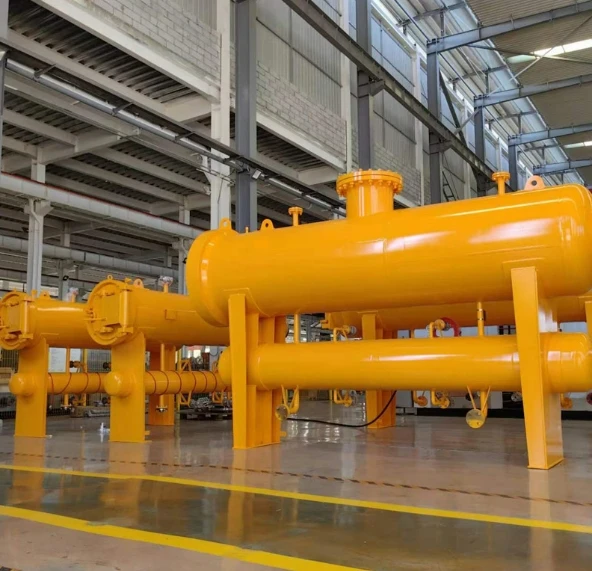
Nov . 08, 2024 12:37
Back to list
Understanding the Function and Importance of Relief Valves in Fluid Systems
Understanding Relief Valves Their Function and Importance in Modern Systems
Relief valves play a crucial role in various industrial systems, ensuring safety, efficiency, and the proper functioning of equipment under pressure. These devices are designed to release excess pressure from a system to prevent catastrophic failures that could lead to equipment damage, environmental hazards, or even loss of life. In this article, we will explore the types, functions, and importance of relief valves in modern engineering applications.
What is a Relief Valve?
A relief valve is a safety device that automatically releases a substance from a boiler, pressure vessel, or other systems when the pressure or temperature exceeds preset limits. This mechanism is vital in protecting equipment from overpressure scenarios, which can result from various factors, including system malfunctions, thermal expansion, or varying operational conditions.
How Relief Valves Work
Relief valves operate on a simple principle when the pressure in a system exceeds a specified threshold, the valve opens to allow the release of the excess pressure. The valve is typically spring-loaded, and its set pressure can be adjusted depending on the needs of the system. Once the pressure drops to a safe level, the valve closes automatically, ensuring that the system returns to normal operating conditions.
There are several types of relief valves, including
1. Spring-Loaded Relief Valves These are the most common type and use a spring mechanism to control the opening and closing of the valve. The set pressure can be adjusted by changing the tension on the spring. 2. Pilot-Operated Relief Valves These valves use a small pilot valve to control a larger main valve, allowing for more precise pressure control. They are often used in high pressure or high flow applications.
3. Safety Valves These are similar to relief valves but are specifically designed to exhaust pressure quickly in critical situations. They are often found in steam systems and high-pressure vessels.
4. Bursting Discs Although not a valve in the traditional sense, bursting discs are often used in tandem with relief valves for added safety. They are a one-time-use device that ruptures at a predetermined pressure.
relief valve

Importance of Relief Valves
The significance of relief valves cannot be overstated. They serve multiple critical functions across various industries
1. Safety The primary role of relief valves is to maintain safety in pressure vessels and piping systems. By preventing overpressure situations, they protect equipment and personnel from potential accidents.
2. Equipment Protection Excessive pressure can cause significant damage to machinery and systems, leading to costly repairs and downtime. Relief valves help maintain the integrity of equipment, prolonging its lifespan and ensuring consistent operation.
3. Regulatory Compliance Many industries are subject to strict safety regulations and standards. The incorporation of relief valves is often a requirement to meet these regulations, ensuring that organizations operate within legal parameters.
4. Cost Efficiency By preventing equipment failure and subsequent repairs, relief valves contribute to significant cost savings. They minimize downtime, streamline operations, and enhance overall efficiency.
5. Environmental Protection In processes involving hazardous materials, relief valves help prevent leaks and spills due to overpressure events, protecting the environment from potential contaminants.
Conclusion
In conclusion, relief valves are indispensable components in various industrial systems, serving as the first line of defense against overpressure situations. Their ability to ensure safety, protect equipment, and comply with regulatory standards makes them a vital consideration in the design and maintenance of pressure vessels and piping systems. As industries continue to evolve and pursue greater efficiency, the importance of reliable and effective relief valves will only increase, ensuring that systems operate safely and effectively in our ever-demanding world.
Latest news
-
Safety Valve Spring-Loaded Design Overpressure ProtectionNewsJul.25,2025
-
Precision Voltage Regulator AC5 Accuracy Grade PerformanceNewsJul.25,2025
-
Natural Gas Pressure Regulating Skid Industrial Pipeline ApplicationsNewsJul.25,2025
-
Natural Gas Filter Stainless Steel Mesh Element DesignNewsJul.25,2025
-
Gas Pressure Regulator Valve Direct-Acting Spring-Loaded DesignNewsJul.25,2025
-
Decompression Equipment Multi-Stage Heat Exchange System DesignNewsJul.25,2025

